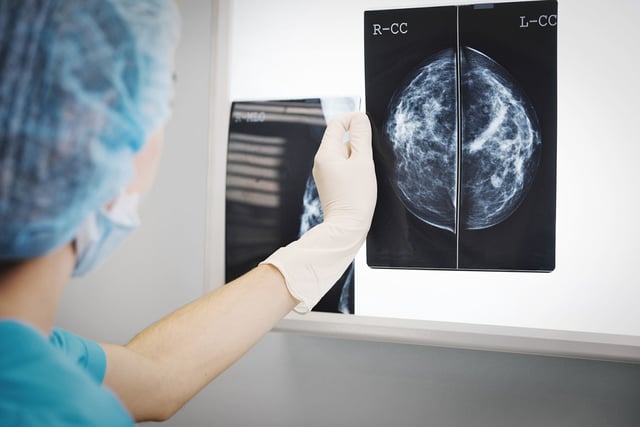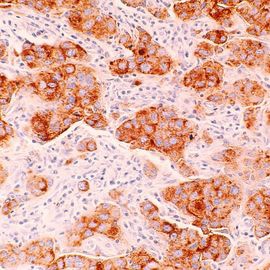Overview
- An international team led by UCSF reported in Nature Communications on Aug. 20 that triple-negative breast cancer cells form gap junctions with adjacent fat cells.
- Through these channels, tumor cells deliver cAMP into adipocytes, activating lipolysis and releasing fatty acids that the tumors can use as fuel.
- Analyses of patient tumors showed smaller, lipid-depleted adipocytes near cancer cells and increased expression of lipolysis-related genes in tumors and surrounding tissue.
- Microscopy and dye-transfer assays detected the cell-to-cell connections, and depleting an upregulated gap junction protein reduced cAMP transfer and slowed growth after transplantation into mice.
- Genetic or pharmacologic disruption of the gap junction pathway curtailed tumor growth in preclinical models, and researchers note gap-junction blockers are in brain-cancer trials but have not been tested for breast cancer.


